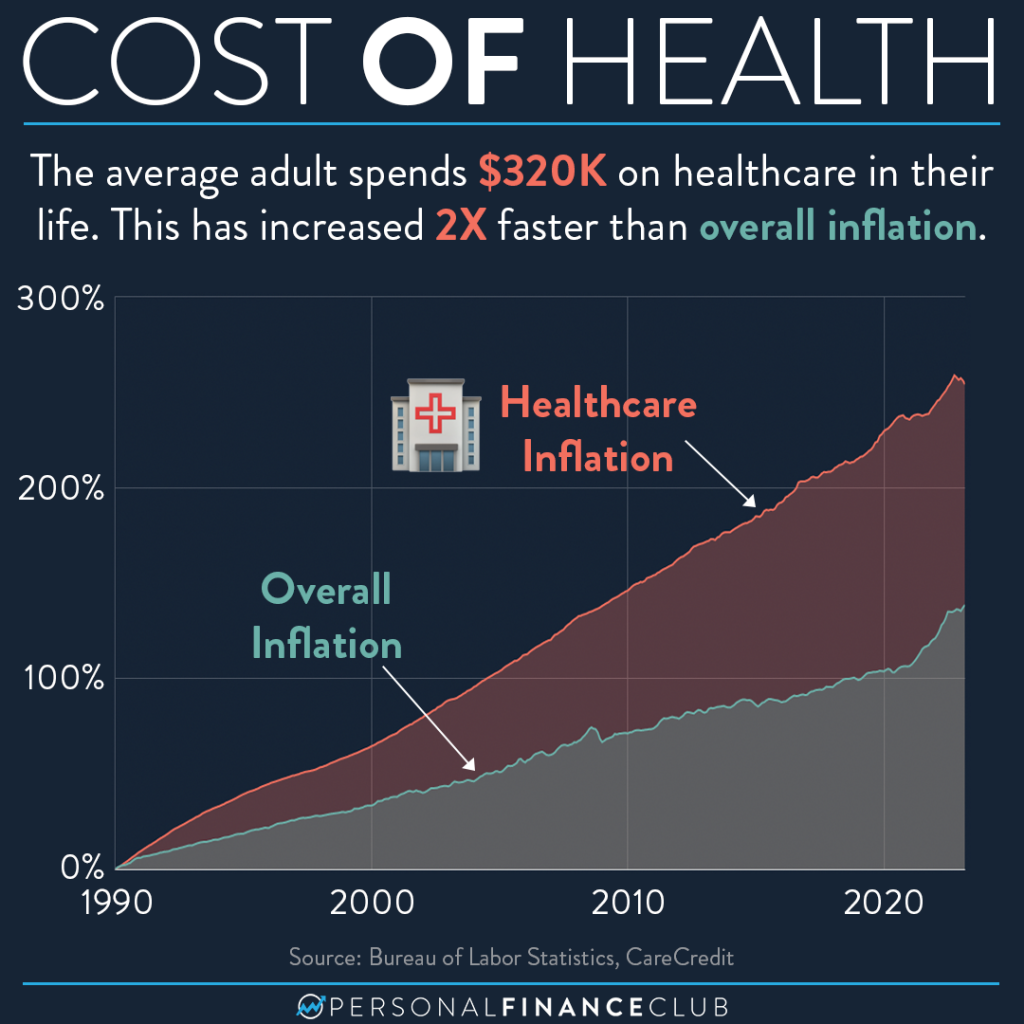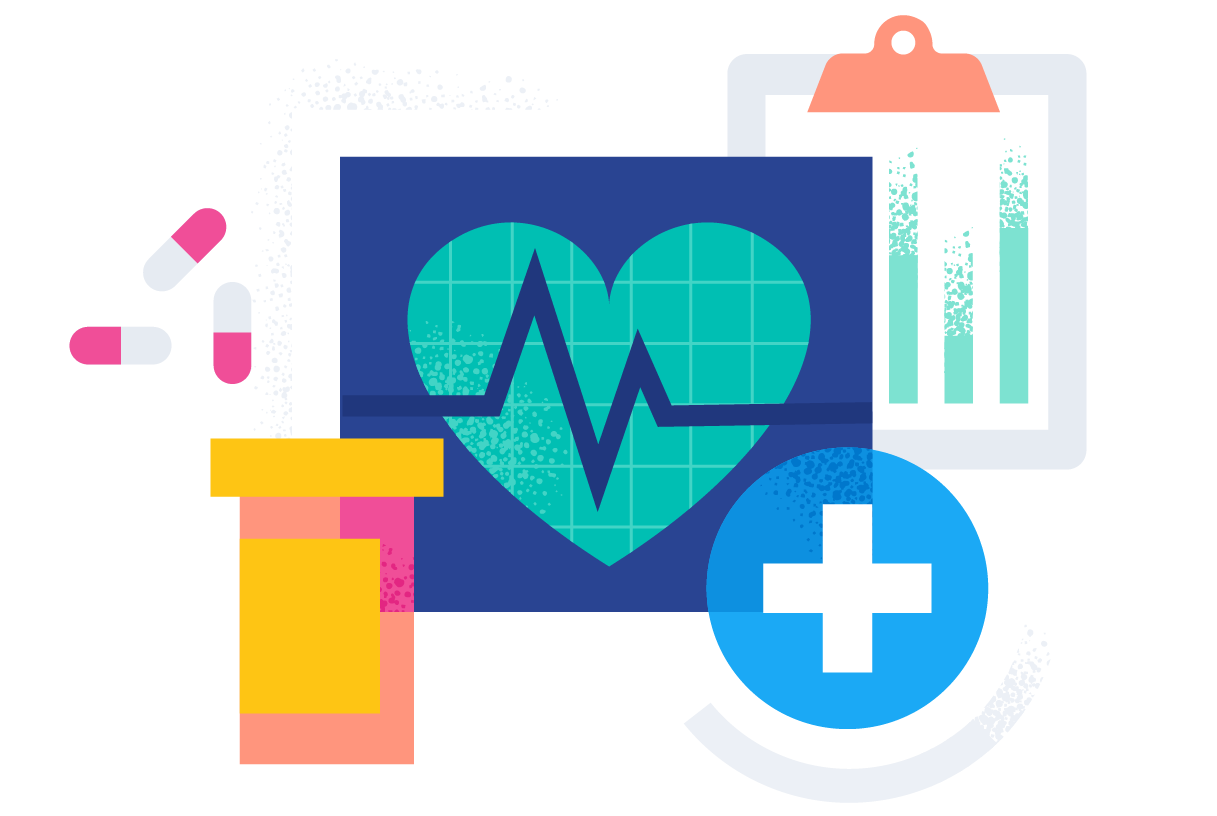Comprehensive Healthcare RCM for Improving Individual Invoicing and Settlements
Wiki Article
A Comprehensive Guide on Just How Medical Care RCM Works to Streamline Invoicing and Collections
Navigating the complexities of healthcare profits cycle management (RCM) is critical for suppliers intending to improve their invoicing and collections procedures. The guide unloads the details of RCM, from person registration to balance dues management, using insights into enhancing each step. Integrating advanced modern technology and standard treatments can substantially lower case denials and accelerate repayment cycles. Yet, truth challenge depends on effortlessly merging these components to improve money flow. As we check out the core elements and methods that drive efficiency, one concern continues to be: just how can healthcare entities best placement themselves to thrive financially in an ever-evolving market?Understanding Income Cycle Administration
RCM is an important management feature that includes the entire financial procedure of person treatment, from the initial appointment setting to the final repayment of the balance. It is an intricate procedure created to identify, collect, and handle the profits from the solutions supplied to patients.The RCM procedure begins when an individual timetables a visit and prolongs via the individual's treatment journey, including payment and collections. A key goal is to reduce the time between offering a service and getting payment, thus improving the organization's monetary wellness. RCM involves numerous features such as individual registration, insurance coverage verification, cost capture, coding, declares submission, payment publishing, and taking care of denials and charms.
Key Components of RCM
In the world of Income Cycle Administration (RCM), understanding its crucial parts is basic to achieving financial efficiency within medical care organizations. RCM is a detailed process that incorporates numerous phases, each essential to ensuring effective invoicing and collections. The key components consist of client registration, insurance verification, fee capture, coding, claim submission, repayment publishing, and balance due monitoring.

Once coded, insurance claims are submitted to payers, where accuracy is vital to avoid rejections or hold-ups - Healthcare RCM. Payment uploading involves tape-recording the gotten repayments, which enables the reconciliation of accounts. Lastly, accounts receivable management focuses on monitoring and attending to unsettled cases, making certain prompt follow-up and resolution
Each part of RCM is interconnected, and ineffectiveness in any part can disrupt the entire cycle. As a result, mastering these aspects is important for doctor to optimize profits and enhance their economic wellness.
Techniques for Effective Billing

Systematizing billing procedures across the organization is one more crucial method. Developing clear guidelines for documents, coding, and entry assists maintain consistency and conformity with regulatory requirements. Educating personnel regularly on these procedures makes certain everybody is updated with the most up to date adjustments in billing codes and payer plans.
Precise charge capture is important in stopping income leakage. Executing routine audits and tracking systems enables the recognition and correction of discrepancies prior to they impact profits. Additionally, maintaining open lines of interaction with payers assists to rapidly deal with any type of disagreements or misconceptions that may develop.

Lastly, engaging individuals early see in the invoicing process by giving clear estimates and instructional materials regarding their financial obligations can dramatically reduce confusion and boost payment timeliness. These techniques collectively contribute to a more monetarily healthy and balanced and efficient payment system.
Enhancing Collections Processes
find more info A durable collections procedure is vital for preserving financial security within healthcare organizations. Offered the intricacies of clinical invoicing and the variety of payer needs, boosting the collections process entails executing strategic procedures that guarantee timely and precise repayment of services rendered. Central to this is making use of innovation to automate and improve procedures, decreasing manual mistakes and improving effectiveness. Automation devices can assist in tracking insurance claim standings, sending out timely pointers to clients, and managing denials better.Clear and clear patient interactions are crucial. Supplying comprehensive explanations of charges and using flexible repayment plans can increase person contentment and prompt settlements.
Normal audits of the collections process must be carried out to identify areas for renovation and guarantee compliance with policies. By examining information, medical care companies can recognize fads, prepare for potential concerns, and adapt methods accordingly (Healthcare RCM). Ultimately, a well-enhanced collections procedure not just supports monetary health yet also adds to a much more smooth experience for clients and personnel alike
Optimizing Earnings Streams
Structure upon the foundation of a strong collections process, healthcare organizations can further strengthen their economic stability by tactically enhancing income streams. This includes a multi-faceted approach, starting with an extensive analysis of existing profits sources to determine inefficiencies and locations for development. Employing sophisticated data analytics tools makes it possible for companies to obtain insights right into payer mix, client demographics, and service usage patterns, permitting data-driven choices that enhance earnings capture.Applying automated payment systems can considerably lower mistakes and accelerate cases processing, making sure that revenue is collected more successfully. Furthermore, enhancing payer agreements via regular negotiations can enhance repayment prices and terms, directly affecting the lower line. Expanding solution offerings, such as integrating telehealth or wellness programs, can also draw in a wider patient base, thus enhancing revenue potential.
An additional essential element is improving person involvement and contentment, as satisfied patients are most likely to abide by therapy plans and make timely payments. Supplying adaptable repayment choices and clear invoicing techniques can enhance collections and foster client loyalty. Healthcare RCM. By embracing these techniques, health care organizations can develop an extra resistant economic structure, making certain sustained development and stability in an ever-changing industry landscape
Final Thought
Finally, health care Earnings Cycle Management (RCM) plays a vital duty in explanation optimizing billing and collections processes by incorporating crucial components such as client registration, insurance policy verification, fee capture, coding, declares submission, and balance due management. By employing innovative innovation, standardizing treatments, and promoting individual engagement, health care companies can significantly decrease case denials, speed up payment cycles, and enhance cash circulation. This comprehensive method to RCM ultimately causes enhanced economic effectiveness and sustainability for healthcare organizations.The RCM procedure starts when a client routines a consultation and extends via the person's care trip, consisting of invoicing and collections.One more important part is improving person interaction and contentment, as completely satisfied clients are more likely to adhere to therapy strategies and make prompt repayments. Supplying adaptable settlement choices and clear invoicing methods can improve collections and foster client loyalty.In conclusion, health care Revenue Cycle Monitoring (RCM) plays a critical role in enhancing invoicing and collections processes by integrating key components such as individual enrollment, insurance policy confirmation, fee capture, coding, claims entry, and accounts receivable administration. By employing innovative technology, systematizing procedures, and fostering individual interaction, medical care suppliers can considerably reduce case rejections, increase settlement cycles, and boost money flow.
Report this wiki page